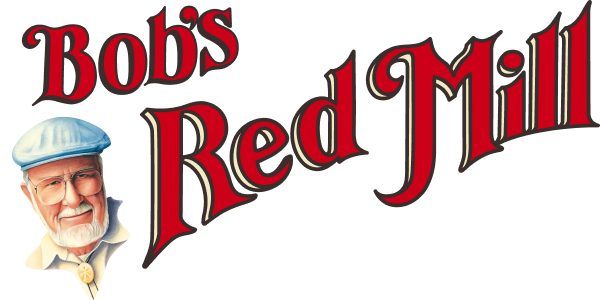





 Cooked mung beans are undeniably delicious, but they're not the only way that you can enjoy this legume. Mung bean sprouts are a crunchy and refreshing treat that tastes great in salads, sandwiches and stir fryand they're easy to sprout at home. To make mung bean sprouts from the beans in your pantry, follow these simple instructions.
Before making your next batch of mung beans, review the different cooking methods above. When deciding which technique is best for you, consider your cooking skills and the amount of time you have on hand. Pressure cooking and stovetop are the best options for fast, mess-free mung beans. Slow cooking is a better fit if you prefer to multitask while your food is cooking. No matter your chosen method, we're confident your mung beans will turn out delicious. From the Bob's Red Mill family to yours, have a healthy and happy day!
What to learn more about mung beans and their many benefits? Check out the articles "What Are Mung Beans?" and "5 Mung Bean Benefits".
Do you have a mung bean recipe that you'd like to share? We'd love to hear more about it. Share your favorite mung bean dishes with us in the comments below.
Cooked mung beans are undeniably delicious, but they're not the only way that you can enjoy this legume. Mung bean sprouts are a crunchy and refreshing treat that tastes great in salads, sandwiches and stir fryand they're easy to sprout at home. To make mung bean sprouts from the beans in your pantry, follow these simple instructions.
Before making your next batch of mung beans, review the different cooking methods above. When deciding which technique is best for you, consider your cooking skills and the amount of time you have on hand. Pressure cooking and stovetop are the best options for fast, mess-free mung beans. Slow cooking is a better fit if you prefer to multitask while your food is cooking. No matter your chosen method, we're confident your mung beans will turn out delicious. From the Bob's Red Mill family to yours, have a healthy and happy day!
What to learn more about mung beans and their many benefits? Check out the articles "What Are Mung Beans?" and "5 Mung Bean Benefits".
Do you have a mung bean recipe that you'd like to share? We'd love to hear more about it. Share your favorite mung bean dishes with us in the comments below.